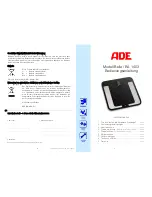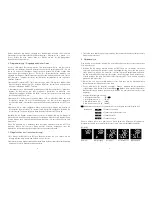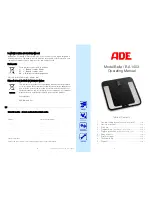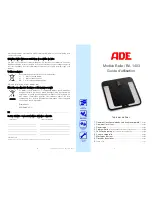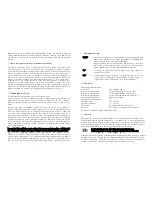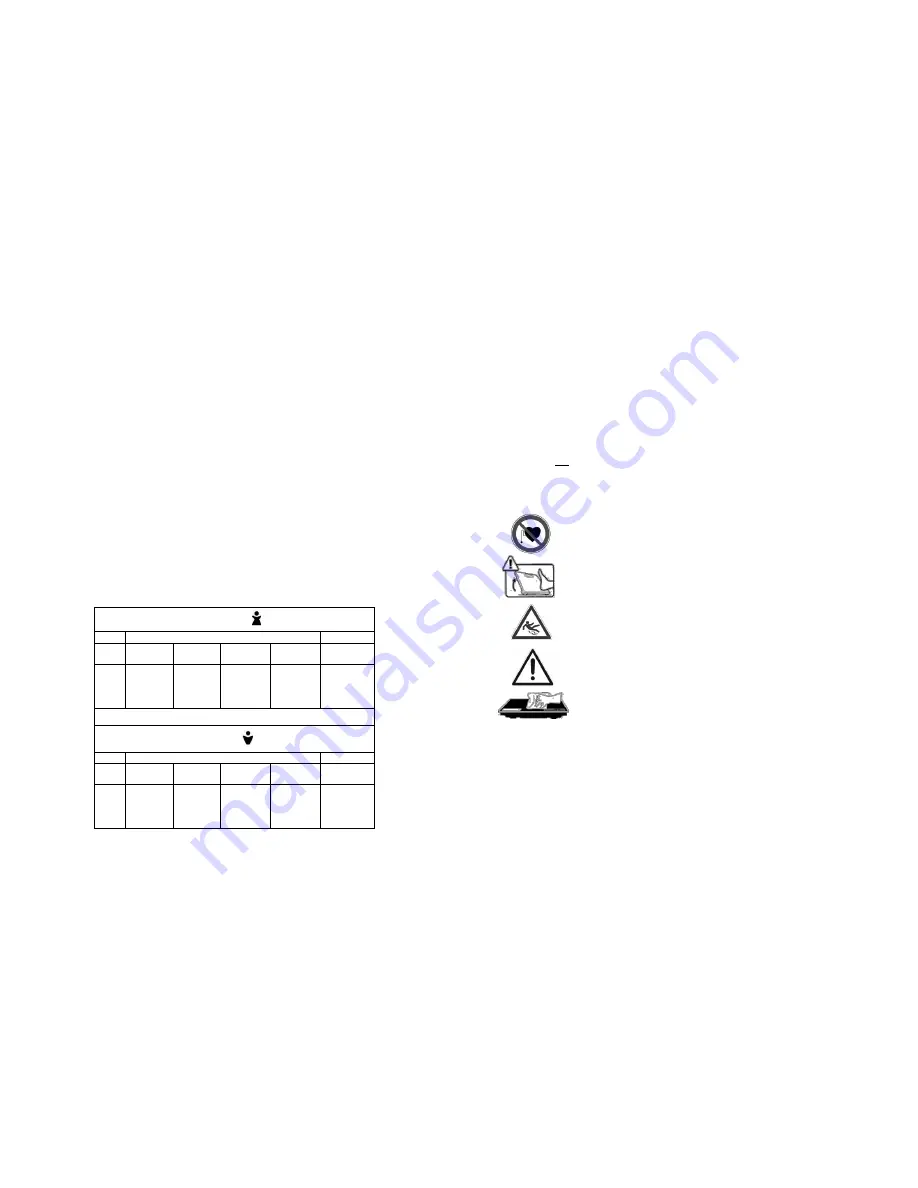
The proportion of body fat gives the amount of fat as a percentage of the total weight of
the body. A blanket recommendation for this value does not exist, since this depends
significantly on sex (because of different physiques) and age. Body fat is vital for day-to-
day body function. It protects organs, cushions joints, regulates body temperature,
stores vitamins and serves the body as an energy store. For women, a body fat
proportion between 10% and 13% is essential; for men between 2% and 5% with the
exception of competitive sportsmen.
The proportion of body fat is not an unambiguous indicator of health. Excessive body
weight and a too-high proportion of body fat are being linked with the appearance of
many diseases of affluence such as diabetes, cardiovascular illnesses, etc. Physical
inactivity and poor diet are often triggers for these diseases. There is a clear causal
connection between excess weight and physical inactivity.
A considerable part of the human body consists of water.
This body water is
variably distributed throughout the whole body. Lean muscle tissue contains about 75%
water, blood around 83% water, body fat approx. 25% water and bones have a water
proportion of about 22%.
In men approx. 60% of body mass consists of water. In women, that value lies around
55% (determined by a higher proportion of body fat). Of this total body water approx.
two thirds is stored in the cells and is therefore called intracellular water. The other third
is extracellular water.
Women
Age
Body fat
Body water
Slender
Normal
Slightly
overweight
Overweight
Normal
10-16
<18%
18-28%
29-35%
>35%
57-67%
17-39
<20%
20-32%
33-38%
>38%
47-57%
40-55
<23%
23-35%
36-41%
>41%
42-52%
56-85
<24%
24-36%
37-42%
>42%
37-47%
Men
Age
Body fat
Body water
Slender
Normal
Slightly
overweight
Overweight
Normal
10-16
<10%
10-18%
19-23%
>23%
58-72%
17-39
<12%
12-20%
21-25%
>25%
53-67%
40-55
<13%
13-21%
22-26%
>26%
47-61%
56-85
<14%
14-22%
23-27%
>27%
42-56%
For muscle mass there are no universal standard values.
there is less water, then somewhat higher. For pregnant women there is no danger to their
unborn children. Nevertheless, during pregnancy the values are so distorted by the water
retention that the measurement has little meaning.
The ADE company assumes no liability for damages or losses caused by the body
analysis scales, nor for third-party claims. This product is intended exclusively for private
use. It is not intended for professional use in hospitals or medical institutions.
3. Start-up
Safety information:
This device is not intended for use by people (including children) with limited physical,
sensory or mental capacities or lacking experience and knowledge, except when they are
supervised by persons who are responsible for their safety or who are instructed in the
use of the device. Children should not be allowed to play with the device.
Not suitable for people with electronic implants (pacemakers,
etc.)
Place the scales on an even and firm surface (tiles,
floorboards, etc.). Use on carpeted floors may result in
incorrect measurements.
Attention! There is a danger of slipping when the surface of
the scales is wet or when your feet are wet.
Please take care not to let any objects fall onto the scales,
otherwise the glass could shatter.
Only clean the scales with a damp cloth. Do not use any
solvents or abrasive cleaning products. Do not immerse in
water.
Preparation:
Open the battery compartment cover on the underside of the scales and insert the
provided batteries (4 x 1.5V AAA). Please be mindful of the correct polarity of the batteries
(+/-).
On the underside of the scales, above the battery compartment, there is a small button for
a country-specific unit setting (kg = kilogram / lb = pound / st = stone). Please make sure
that the scales are set to the weight-unit relevant to you.
3
6









